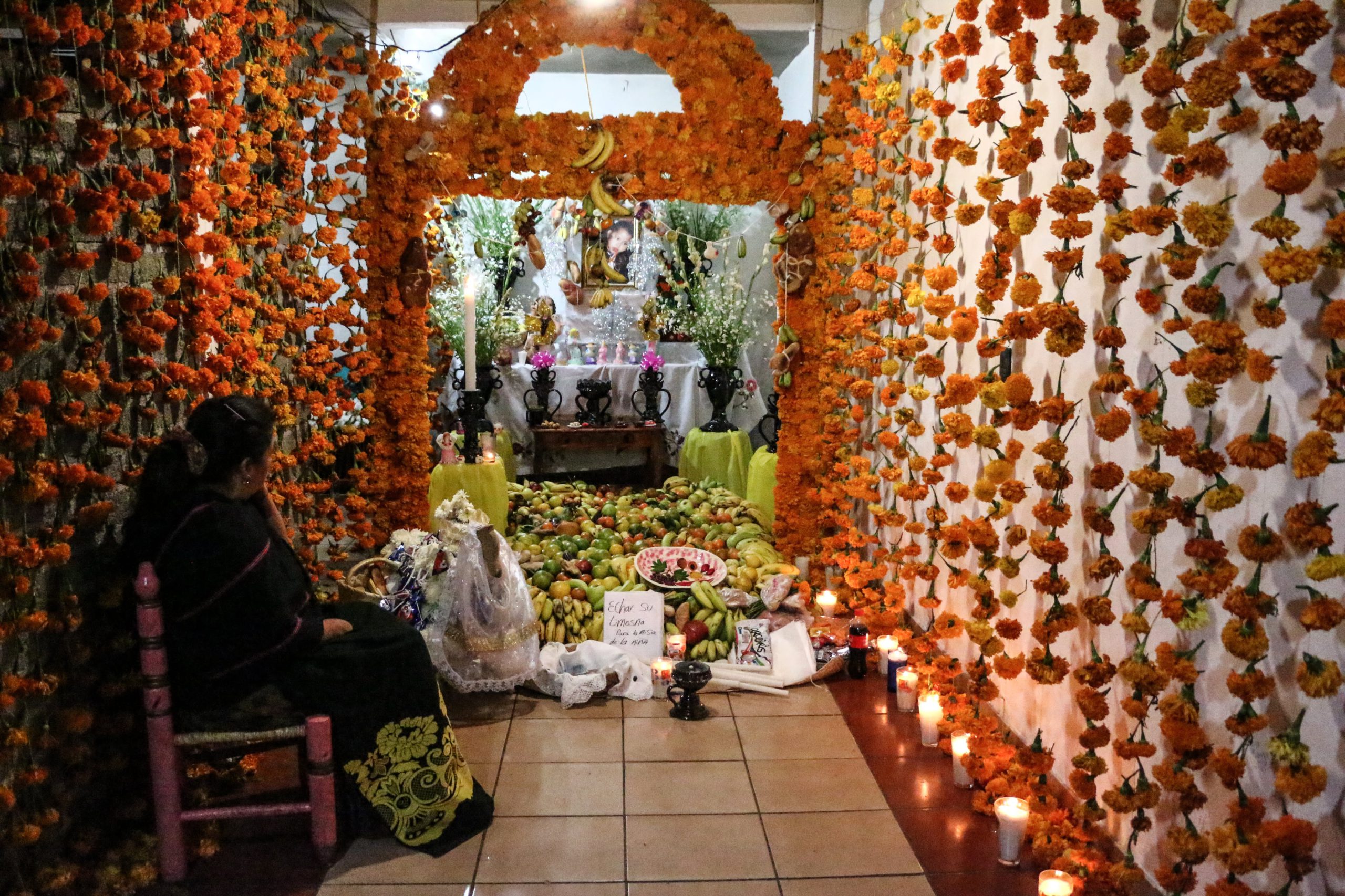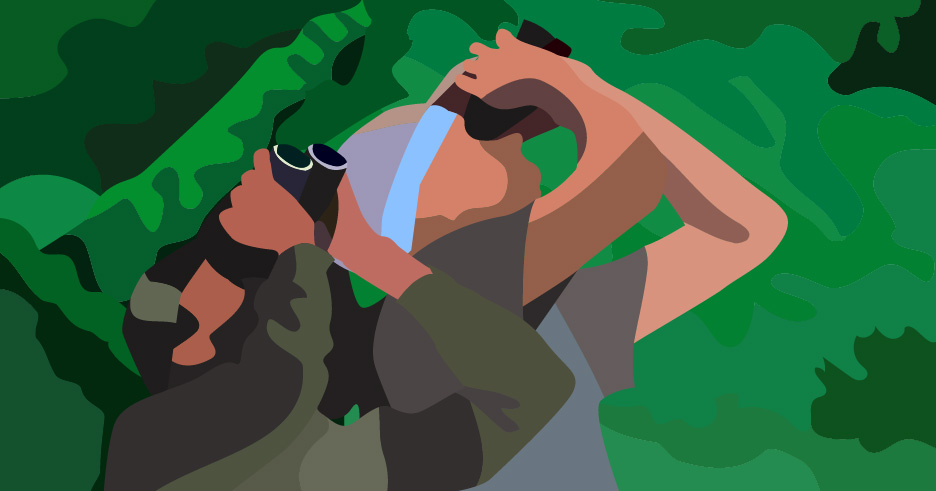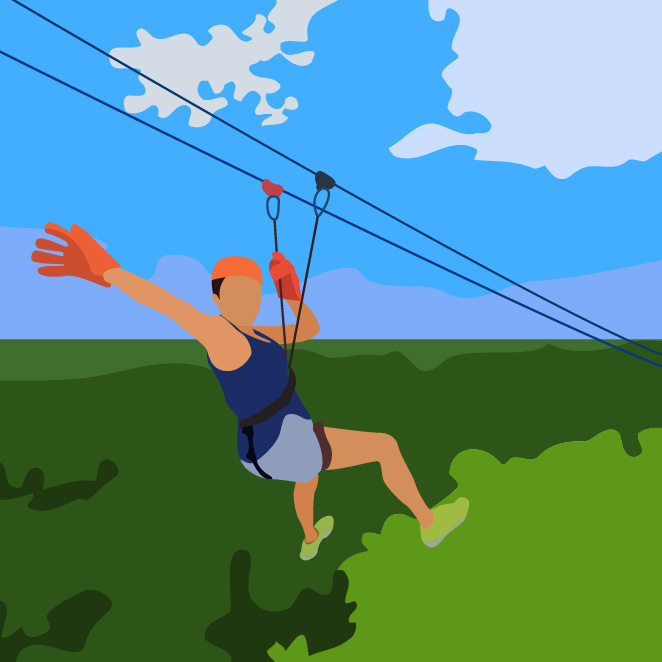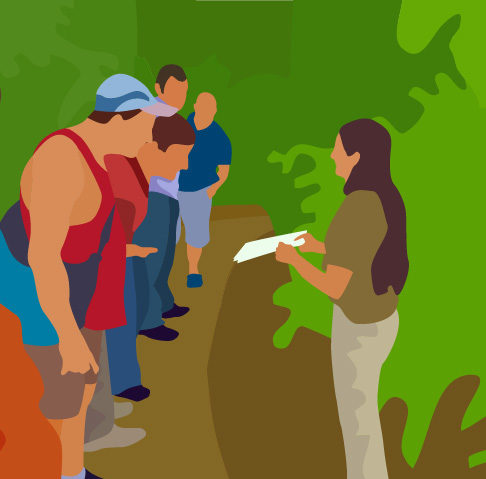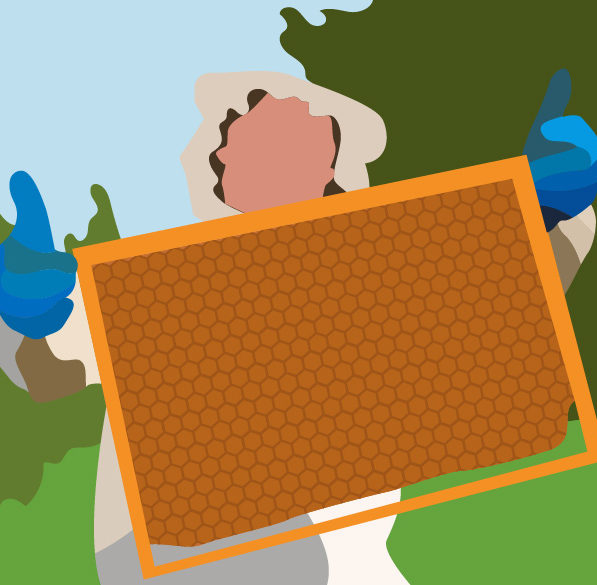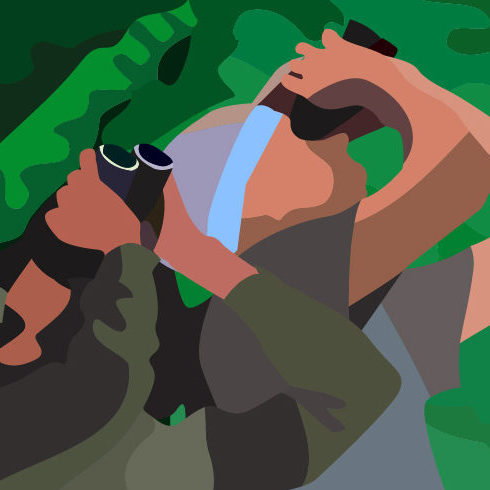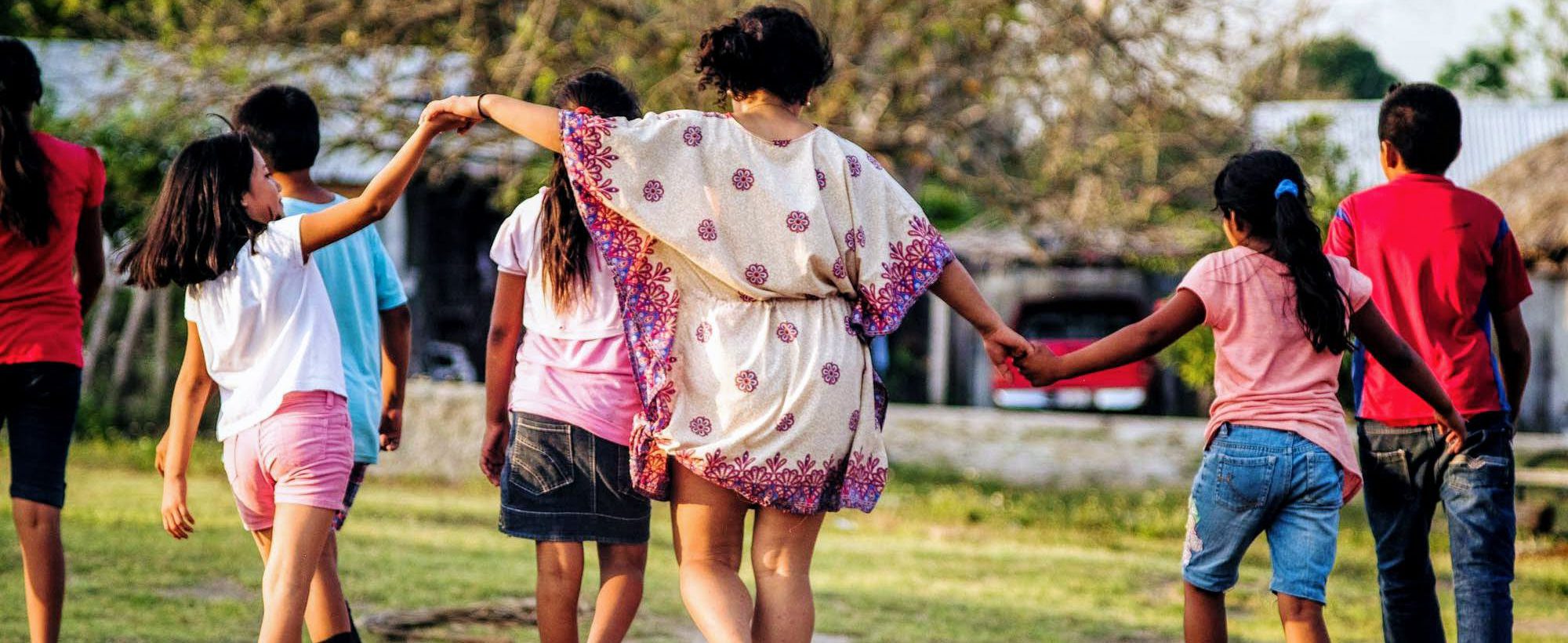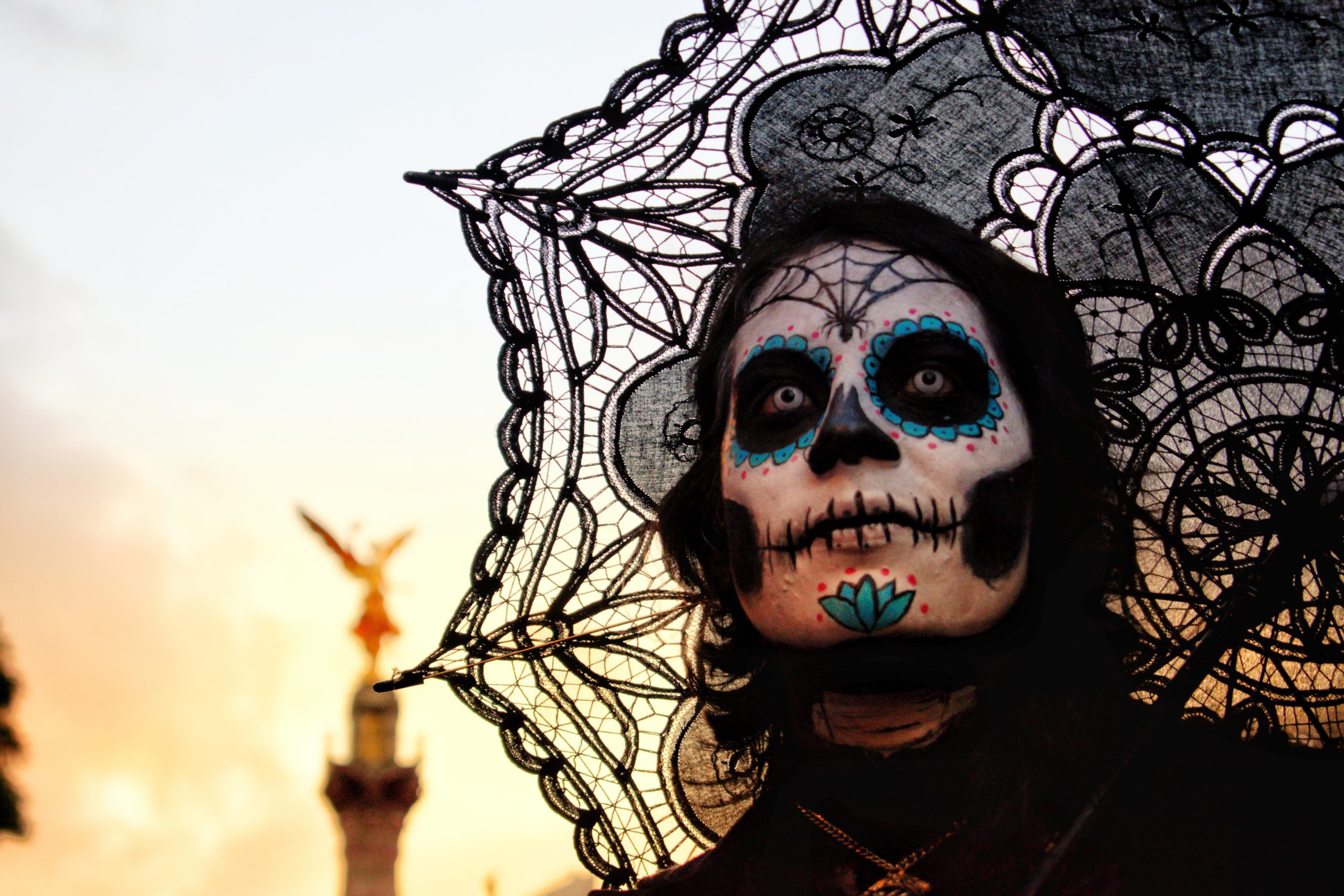The Day of the Dead is full of commemorative customs and traditions, which are spread throughout Mexico and several Latin American countries. It is a miscegenation of pre-Hispanic cultures , with Spanish, which has a single objective: to remember for one or more days those who are no longer with us.
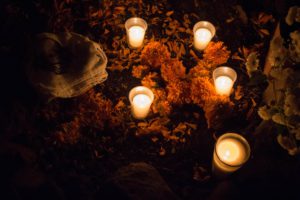
Oaxaca is one of the states of the Mexican Republic, distinguished by its culture, its history, art, music, gastronomy and ancestral traditions. This celebration takes place from October 27 to 31, in various regions of the state they await the arrival of deceased children without being baptized. November 1 and 2 is the Day of the Dead (or All Saints’ Day) and All Souls’ Day , which according to historians, cultures such as the Mexica and Zapotec conceived of life and death as a cycle sowing constant in which they had to reap fruits to sow again.
When someone died, the first step was to wrap him in a petate made from a plant called “palm” , his relatives planned a party in order to guide him on his way to Mictlán ( place of eternal rest for those people who are no longer with us) and was later buried.
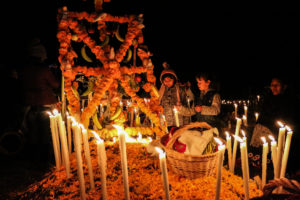
In the different towns of Oaxaca, the commemorative traditions of the Day of the Dead are carried out in the pantheons, which are filled with candles, food, cempasúchil flowers , which fill the environment with a yellow or orange color and its peculiar smell. ; its name means “twenty flowers”. The inhabitants raise their offerings of 3, 5 or 7 levels (each one represents the path to the other world) in order to receive those who have left.
In the same way, families prepare dishes that were the favorites of the deceased. In addition to putting candles to show him the way, they place incense and copal to purify the entrance.
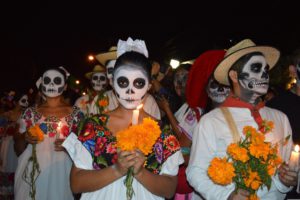
Most representative traditions of the Day of the Dead in Oaxaca
Petates
In the offerings it is very common to find petates; these are made from the fibers of the plant called “palma de petate”. They are placed at the foot of the altar and are a symbol of the union between life and death. According to the anthropologists of the indigenous cultures of Oaxaca, it functions as a bed for souls to rest.

mud dogs
The xoloitzcuintle or izcuintli is an Aztec dog that lacks abundant fur, its skin can be black, gray, brown or bronze and can measure from 25 cm to 60 cm, it is native to the coasts of Oaxaca and Chiapas , it has a symbolism cultural in the traditions of the Day of the Dead, since this is placed in the offerings of the pantheons for the children who have departed, the izcuintli is a kind of guardian dog of the underworld that accompanies the souls, puts them on its back and carries them safely to their homes, so when food is seen on the ground, it is a sign that the villagers leave in gratitude towards such a loyal animal.

Copal
After the conquest of the Spaniards in Mexico, the indigenous people used the smoke of copal or also known as copallifera, which is a very peculiar aromatic resin, white in color, produced by trees belonging to the Burseraceae. It serves to cleanse the soul of people or places, of evil spirits that roam around. In most cases, an incense burner will be used, which is a cup-shaped container made of clay. It will also be necessary to turn it on at a specific time, before the first of November, because it is said that “the dead will barely reincarnate”.
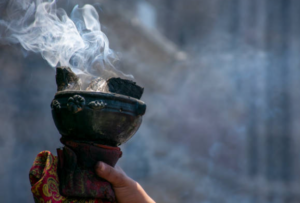
Salt on doors and windows
In the Zapotec culture according to experts, salt is an element of purification and healing. That serves so that souls in pain do not take anything from the altar, therefore it is customary to put one to two tablespoons of salt on a plate and then place it in the lower right part of each door and window.

Huehuentones
In some communities of Oaxaca, the Day of the Dead is celebrated with a commemorative ritual, called “Danza de los Huehuentones”.
“Huehues” is a Nahuatl word that means “elder” as it refers to an old soul who dresses in the sun to dance. The melody with which they dance is created by violins and guitars, the movements they perform are characterized by the appearance of a person of mature age. This dance takes place from October 27.

Without a doubt, Oaxaca keeps innumerable festivities, but the day of the dead, will be one of those that will bring the most cultural and spiritual value to anyone who enters into its traditions, customs and feelings of its inhabitants.


